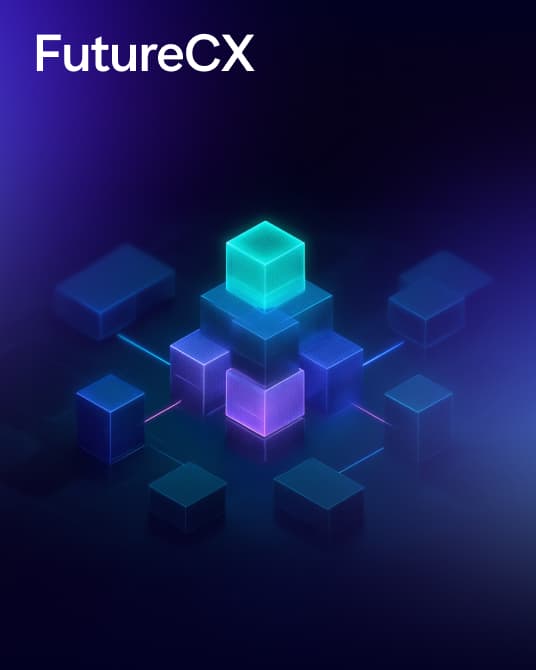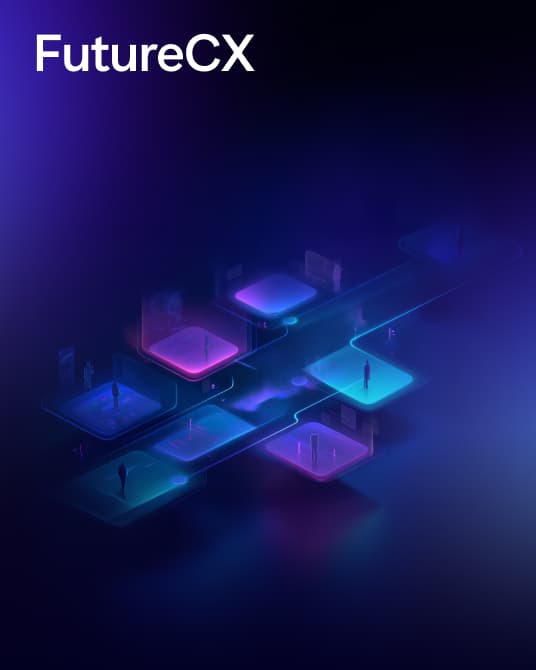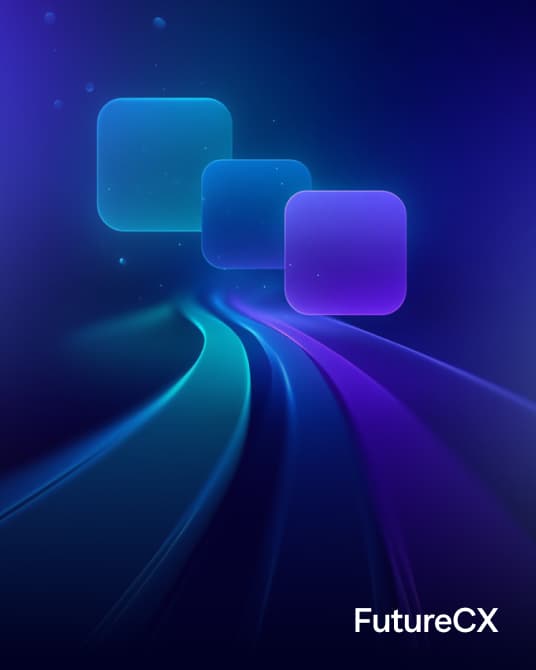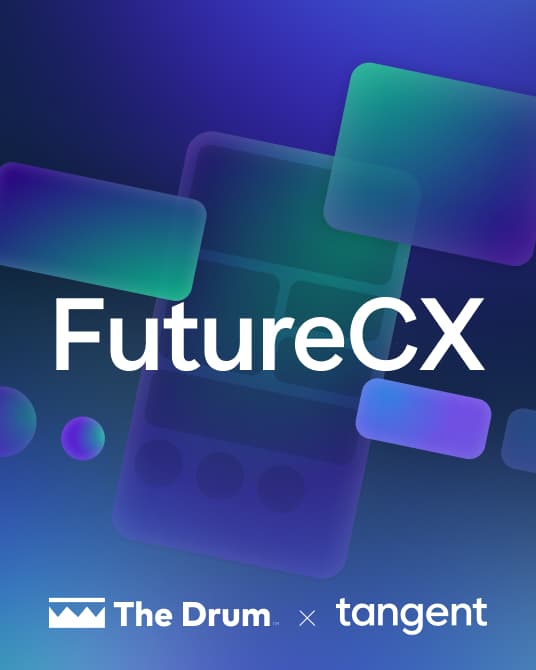
For nearly a decade, chatbots were supposed to be the future. If you ever tried to get help from a company’s chatbot, the experience rarely amounted to more than a frustrating loop of button-clicks, dead ends, and canned responses.
It’s no wonder many of us gave up on them.
And yet, here we are, witnessing a new generation of conversational technology that looks, sounds, and feels wildly different. AI agents have entered the arena, and suddenly people are listening again. But this raises an obvious question: Are AI agents just better-branded chatbots or are they something fundamentally different? ![]()
Back to basics: what’s the actual difference?
At a glance, chatbots and AI agents might appear similar. Both live in interfaces we type or speak into. Both respond to human input. And both claim to make life easier.
But under the hood, the difference is massive.
Most chatbots you come across online are basically rules-based systems. They're built on decision trees or scripted flows, like a digital “choose your own adventure” book. They ask you to pick from a set of options, and if your need fits within the predefined logic, they work fine. But heaven forbid your question falls outside the flow... As many of us have experienced (hi, British Airways!), these bots often become blockers, not helpers.

Companies who implemented these systems were probably hoping to improve customer service and reduce operational cost in equal measure. But most ended up like glorified FAQ pages that push customers to self-serve, hoping they’ll give up before reaching an actual human.
AI agents, on the other hand, are built on large language models and real-time reasoning. They understand natural language, they can process unstructured input, and critically they can take action. Agents aren’t just trained to point you to a help page. They can book the flight, update the record, file the request, or summarise the document. They operate with a level of autonomy and adaptability that makes decision-tree bots look prehistoric.
Think of the chatbot as an automated receptionist, and the AI agent as a proactive assistant that understands context, makes decisions, and gets things done.
![]()
When would you use one over the other?
In fairness, chatbots still have their place. If your use case is highly repeatable, low risk, and easy to predict- say, checking store hours or surfacing a help article -a basic chatbot might be all you need. They’re cheap to implement, easy to maintain, and less prone to the “hallucinations” that come with LLMs.
But if you're dealing with complex user queries, nuanced decision-making, or multi-step workflows, AI agents are the better (and soon, the expected) solution. Instead of following predetermined paths, they understand context, remember previous interactions, and can reason about problems they've never encountered before. They don't just recognise keywords, they attempt to navigate intent.
Here's a concrete example: A traditional chatbot might respond to "My flight is delayed" with a generic message about checking flight status. An AI agent would ask which flight, check real-time data, understand the impact on your connecting flights, and proactively offer rebooking options or hotel vouchers based on your specific situation.
And here’s the kicker: Poor chatbot experiences degrade brand trust. But a well-designed AI agent can actually enhance it. ![]()
Is the chatbot on the brink of extinction?
Let’s be honest: many chatbots were a stopgap, a way for companies to say “we’re doing AI” without really doing AI. They were UX wrappers around static flows. They failed because they made users conform to the bot, instead of the other way around.
The decision on which to choose shouldn’t be based on technology alone. It should be based on whether you want to genuinely help customers or just deflect them. If your business KPI is to reduce tickets to your support centre at any cost, a chatbot might suffice. If you want to actually solve problems and build customer loyalty, you’ll need an AI agent.
Going forward, there’s probably still a place for hybrid interfaces, where chatbots handle the predictable front-door questions and agents step in when things get complicated. But standalone bots that rely solely on buttons and brittle scripts? Their days are numbered.
Consumers now expect natural conversation, smart action, and fast resolution. Anything less feels like a downgrade.
![]() The bigger shift: from interfaces to intelligence
The bigger shift: from interfaces to intelligence
The chatbot vs. agent debate is really part of a larger transformation: we’re moving from interfaces that present options to intelligent systems that understand intent. That shift changes everything, from how we design user journeys to how we structure backend systems.
This raises important questions for product and service teams:
-
Are your systems agent-ready?
-
Are you designing for decision-making, not just navigation?
-
Are you prepared for users to ask anything and expect a real answer?
The companies that win won’t just be the ones that add “AI” to their roadmap. They’ll be the ones that rethink the customer experience with AI as a whole.
![]()
Don’t just replace. Rethink.
It’s tempting to see AI agents as the natural evolution of chatbots. In some ways, they are. But if we treat them as a one-for-one replacement, swapping decision trees for language models without changing the experience, we’ll repeat the same mistakes.
The question isn't whether chatbots or AI agents are better, it's whether you want to be part of the problem or part of the solution. In a world where customer experience increasingly defines competitive advantage, that choice has never been more important.
Ready to explore AI
Discover our fast track 3-day Impact Workshops






